如何在花园里移植植物
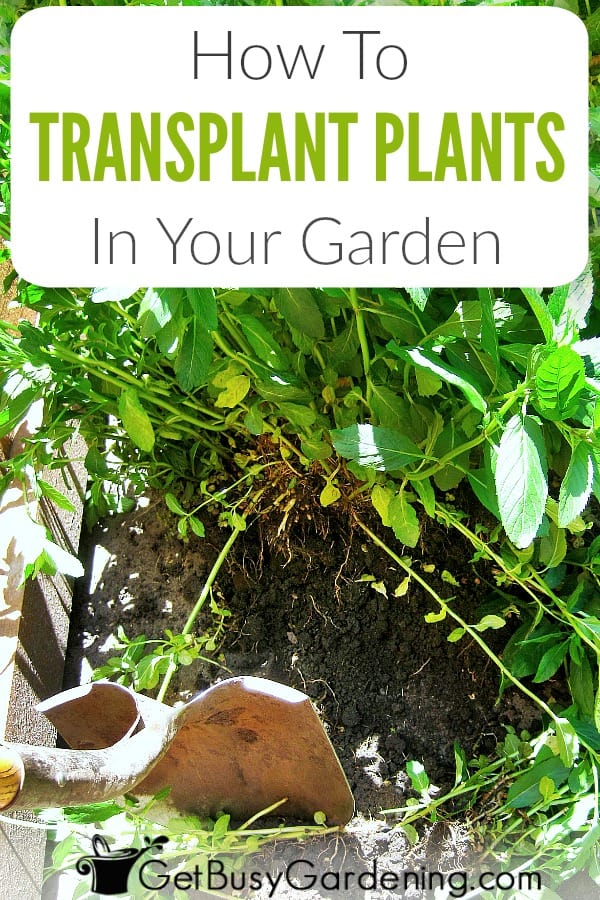
Table of contents

无论是从苗圃的花盆中移植新的花园植物,还是将植物移到花园中的另一个地方,都需要遵循几个简单的步骤,以尽量减少移植冲击。 在本篇文章中,我将详细介绍何时移植多年生植物,并一步步向您展示如何准确地移植植物。
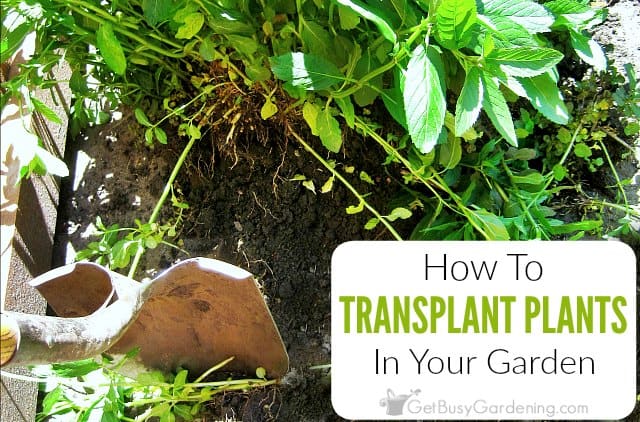

移栽对植物来说是件难事,大多数植物在移栽后都会出现某种形式的移栽休克。 按照以下步骤操作,可将植物受到的休克程度降至最低,并让植物在移栽后迅速恢复。
什么是植物移植休克?
如上所述,移植对植物来说很困难,有些植物的承受能力比其他植物强。 移植后植物枯萎通常是移植休克的第一个迹象。
将植物从地面移栽到地面或从花盆中移栽时可能会发生移栽休克。 严重的移栽休克会导致植物死亡,因此最好采取适当的措施来避免这种情况。
避免移栽休克的第一步是在正确的时间移栽多年生植物,然后按照以下步骤将休克降到最低,确保植物完全康复。
移植植物的最佳时间是什么时候?
种植多年生植物的最佳时间是夏季炎热之前的春季,或者天气开始转凉之后的秋季。
如果可能,应等到开花后再移走开花植物。 在花朵绽放前移栽可能会导致花蕾从植株上脱落,或导致开花不良。
一天中移植植物的最佳时间是清晨或傍晚,尤其是在夏天移植植物时。 避免在阳光最毒辣的下午种植植物。 另外,天气预报有雨时,阴凉的日子也是移植植物的最佳时间。
如何在花园里移植植物
一旦确定了移栽花园中多年生植物的最佳时间,请务必按照以下步骤将植物移栽到室外,以尽量减少植物休克,确保植物在新的地方茁壮成长。
无论是移植多年生植物还是将植物从花盆移入花园,基本步骤都是一样的。
步骤 1:先挖新的种植穴 在开始挖掘植物之前,确保你已经选好了新的地点,并准备好了新的坑。 移植植物入土的速度越快,发生移植休克的几率就越小。
挖一个比植物根球或花盆更大更深的新坑。 这样做可以使土壤疏松,让根系更容易扎根。
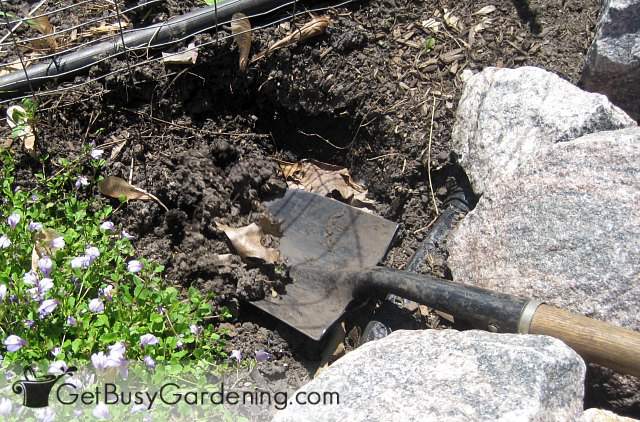
移植植物前挖新坑
第 2 步: 在种植穴中注水。 如果水很快就浸透了,那就再灌一次水,确保土壤湿润。
反过来说,你也不想让植物浮在水面上,否则一旦沉淀下来,植物就会沉得太深。 因此,在把植物放进去之前,一定要确保洞里的大部分水都被吸收了。
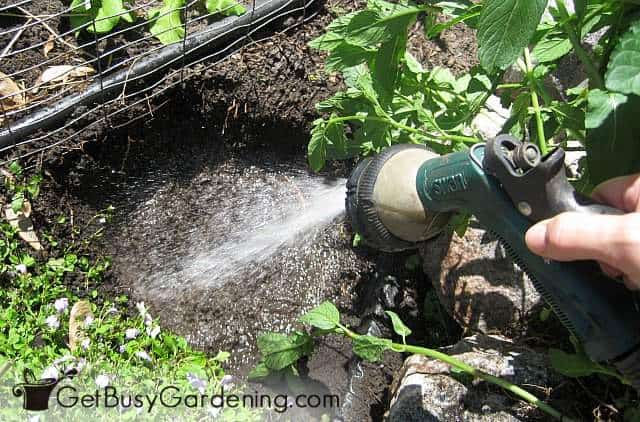
在种植穴中注水,以减少移植震荡
步骤 3:挖出植物 如果您要从花盆中移植新的花园植物,可以跳到步骤 4。 但是,如果您要将植物从地面移植到地面,请继续阅读。
接下来你要挖出植物,在根部周围留出足够的空间。 保持铲子直上直下,不要向植物根部倾斜,以免切到根球。
如果您想分株,现在是最佳时机。 许多多年生植物都可以用铲子或锋利的小刀切开根球进行分株。 在分株之前,请确保您已经为每次分株准备好了种植穴(或花盆)。
需要注意的是,并不是所有多年生植物都喜欢从根茎处分株,因此最好在挖出之前对要分株的植物进行研究。
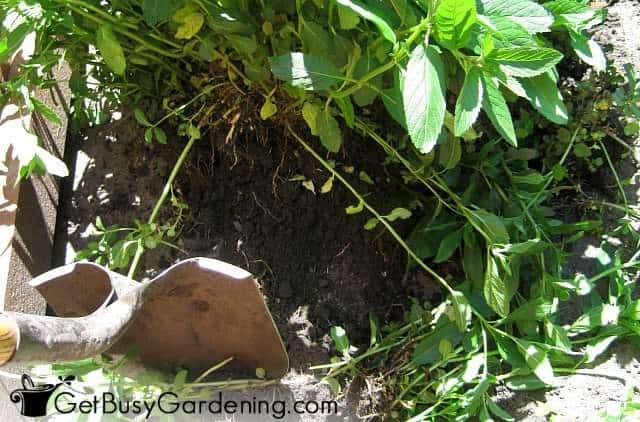
挖掘和移动多年生植物时尽量不要损伤根部
第 4 步: 将植物移到新的种植穴中。 挖出植物后,应立即将其移至新的位置。 将植物放入新坑中,高度与旧坑或花盆中的高度相同。 在坑中填满泥土,直到完全覆盖根球。
不要让任何根球露出泥土,这样会像吸水管一样把水分从根部吸走。
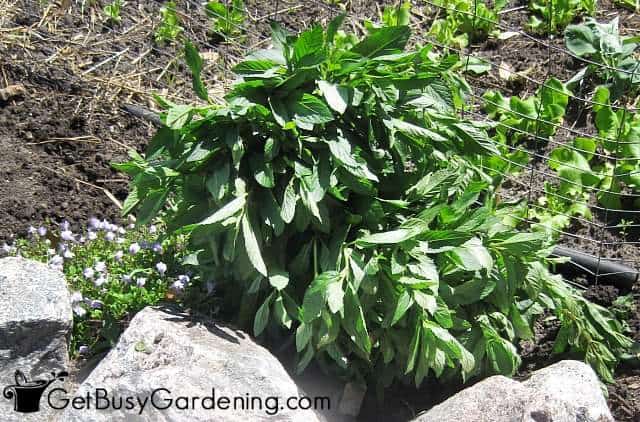
移植后植物枯萎
第 5 步:给植物浇足水 在完成移植后,一定要让植物充分喝水,然后在移植后的几天内继续浇水。 确保植物在移动后有充足的水分有助于最大限度地减少移植休克。
为什么植物在移植时会枯萎?
记得我在上面说过,移植休克的第一个迹象是植物在移植后枯萎。 不要惊慌!这并不意味着你的植物会死亡。 这对许多植物来说完全正常,有时只是无法避免。
有些植物根本不喜欢被移植,无论你如何按照上述步骤移植植物,它们都会下垂和枯萎。
大多数植物会在几天内恢复,但要注意保持充足的水分,在植物恢复之前不要施肥。
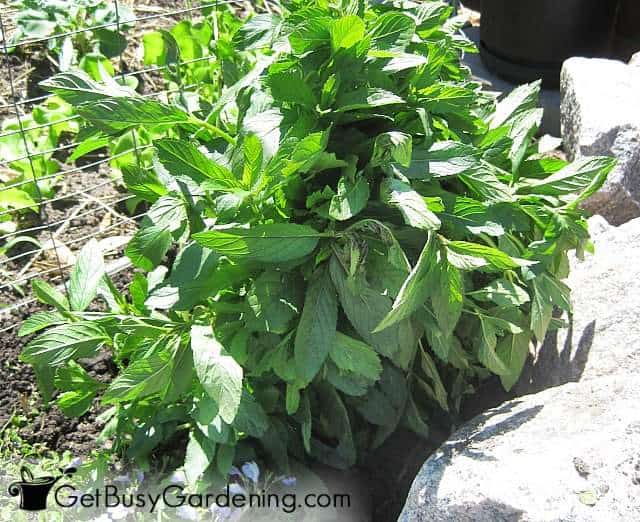
多年生植物在移植后从植物休克中恢复过来
See_also: 快速 & 简易西葫芦酱食谱无论您是计划进行大型植物搬迁项目,还是只是想在花园中添加几株新植物,了解移植植物的最佳方法都非常重要。
只要记住等待移植多年生植物的最佳时机,并按照上述步骤操作,就不会因移植休克而失去任何植物。
您可能会喜欢的更多园艺技巧
请在下面的评论区分享您的花园植物移植技巧。



